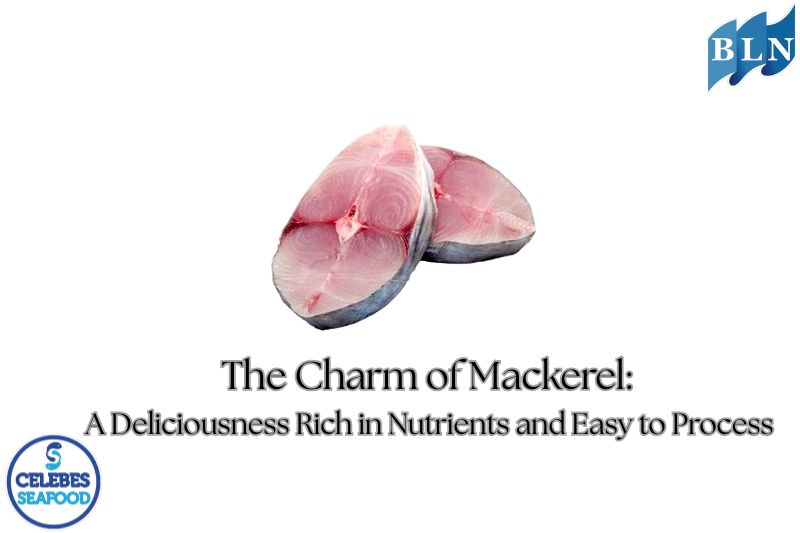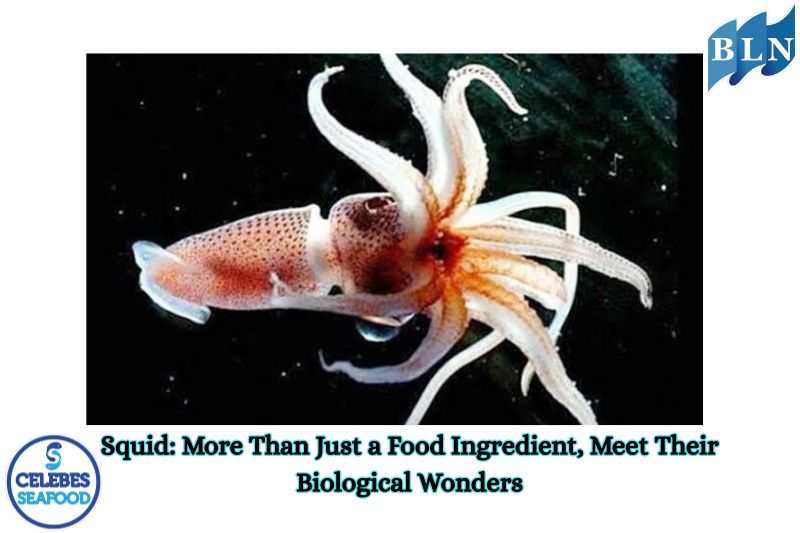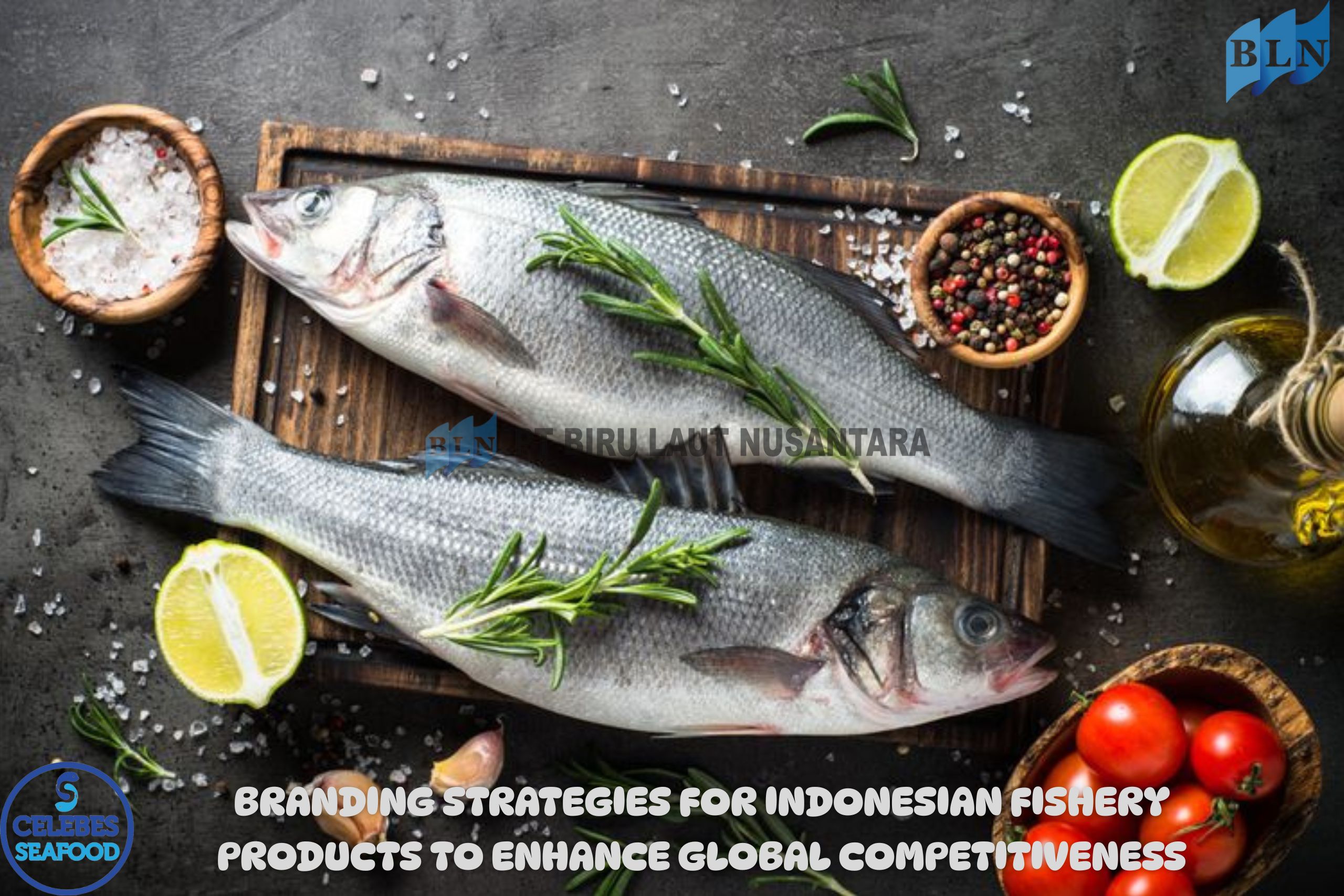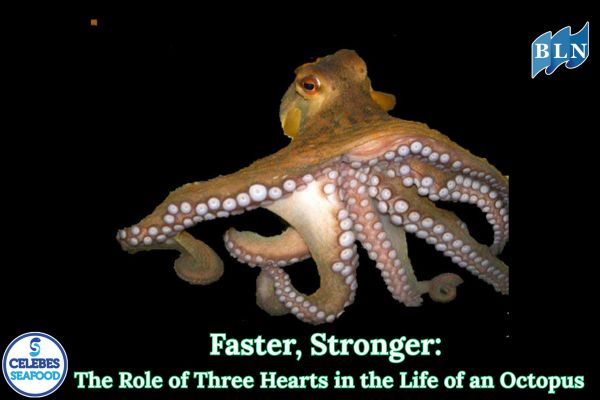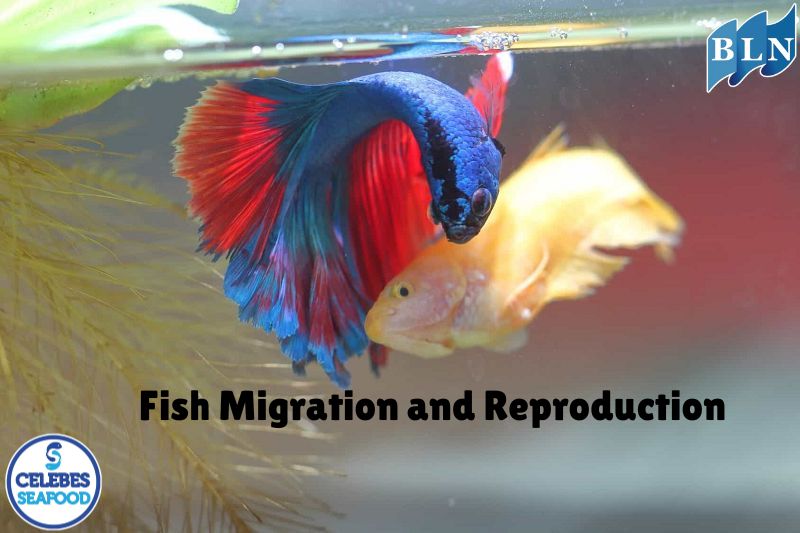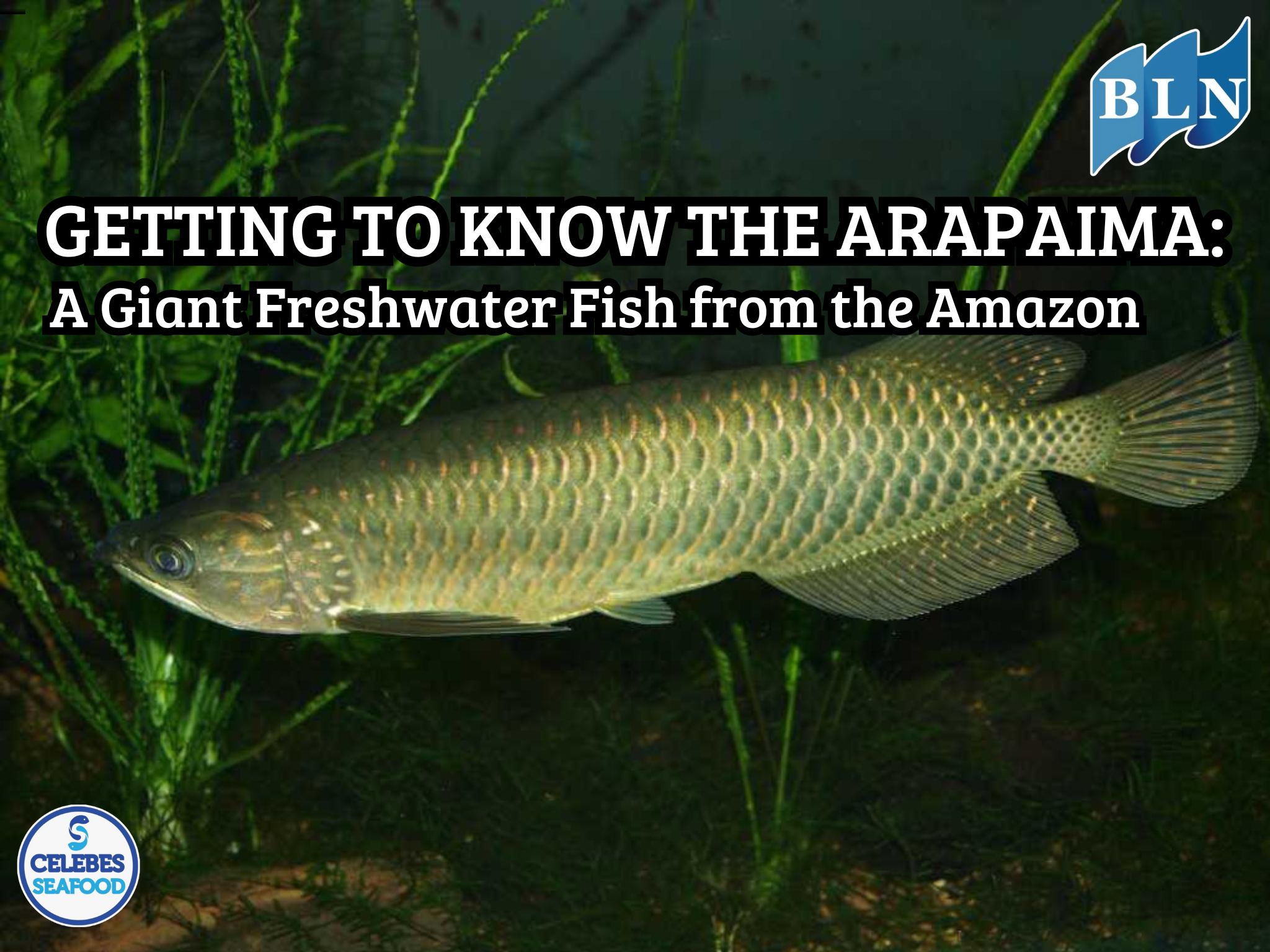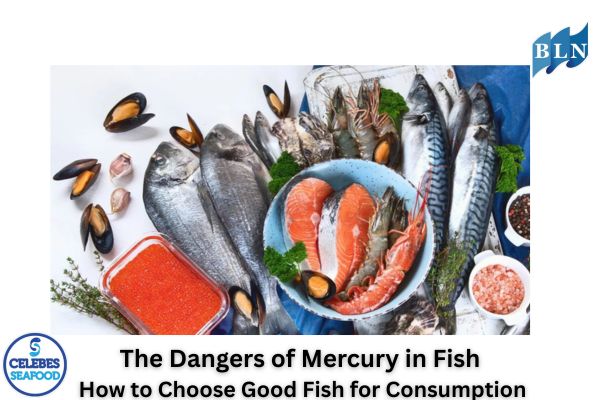The Secret of Fresh Fish Meat: What Makes It Quality?
By. Rani - 30 Apr 2025
lautnusantara.com High-quality fresh fish meat. Actually, this is a combination of several key interrelated factors, starting from when the fish is still alive until it reaches the consumer:
1. Health and Condition of Fish While Alive:
- Good Living Environment: Fish that live in clean waters, with maintained water quality, and have access to sufficient natural food tend to have healthier and better quality meat.
- Genetics and Species: Some fish species naturally have better meat texture and taste than others. Genetic factors also play a role in meat quality.
- Prime Physical Condition: Fish that are healthy and not stressed before being caught will produce better quality meat. Stress can trigger the release of hormones that can affect meat quality.
2. The Right Catching Method:
- Minimize Stress and Physical Damage: Catching methods that do not cause excessive stress or physical damage to fish are very important. For example, catching with specially designed fishing rods or nets can minimize injuries.
- Prompt Handling After Catch: Prompt and proper handling after the fish is caught is crucial to maintaining quality. This includes humanely killing the fish immediately to prevent post-mortem stress.
3. Proper Handling and Storage:
- Rapid and Effective Cooling: Rapidly lowering the temperature of the fish to near 0°C immediately after catch is key to slowing down the activity of spoilage bacteria and enzymes that damage the flesh quality. The use of ice, ice water, or mechanical cooling is essential.
- Strict Sanitation: Hygiene during handling, transport, and storage is essential to prevent bacterial contamination.
- Proper Packaging: Packaging that protects the fish from physical damage, contamination, and dehydration will help maintain quality.
- Maintained Cold Chain: Ensuring that cold temperatures are maintained throughout the supply chain, from catch to consumer, is a determining factor in final quality. Temperature fluctuations can accelerate quality degradation.
- Proper Storage Time: Although cooling can slow down spoilage, fish quality will still deteriorate over time. Prolonged storage, even in cold conditions, will reduce freshness.
4. Knowledge and Good Practices:
- Trained Fishermen and Fish Farmers: Understanding good fishing and handling practices is essential.
- Responsible Distributors and Traders: Maintaining the cold chain and providing accurate information to consumers about the freshness of fish is the responsibility of distributors and traders.
- Smart Consumers: Consumers’ ability to recognize the characteristics of fresh fish and how to store it properly also contributes to the quality of the fish consumed.
In short, the secret to fresh and quality fish meat lies in:
- A good start: Healthy and properly caught fish.
- Quick and careful handling: Minimizing damage and stress.
- An unbroken cold chain: Maintaining low temperatures from start to finish.
- Maintaining good hygiene: Preventing contamination.
- The right time: Consuming fish at its freshest.
By understanding and implementing these principles, we can ensure that the fish we consume remains fresh, safe and delicious.
If you are interested in our product Goldband Snapper Fillet Skinless, Goldband Snapper Fillet Skin On please do not hesitate to contact us through email and/or whatsapp.
